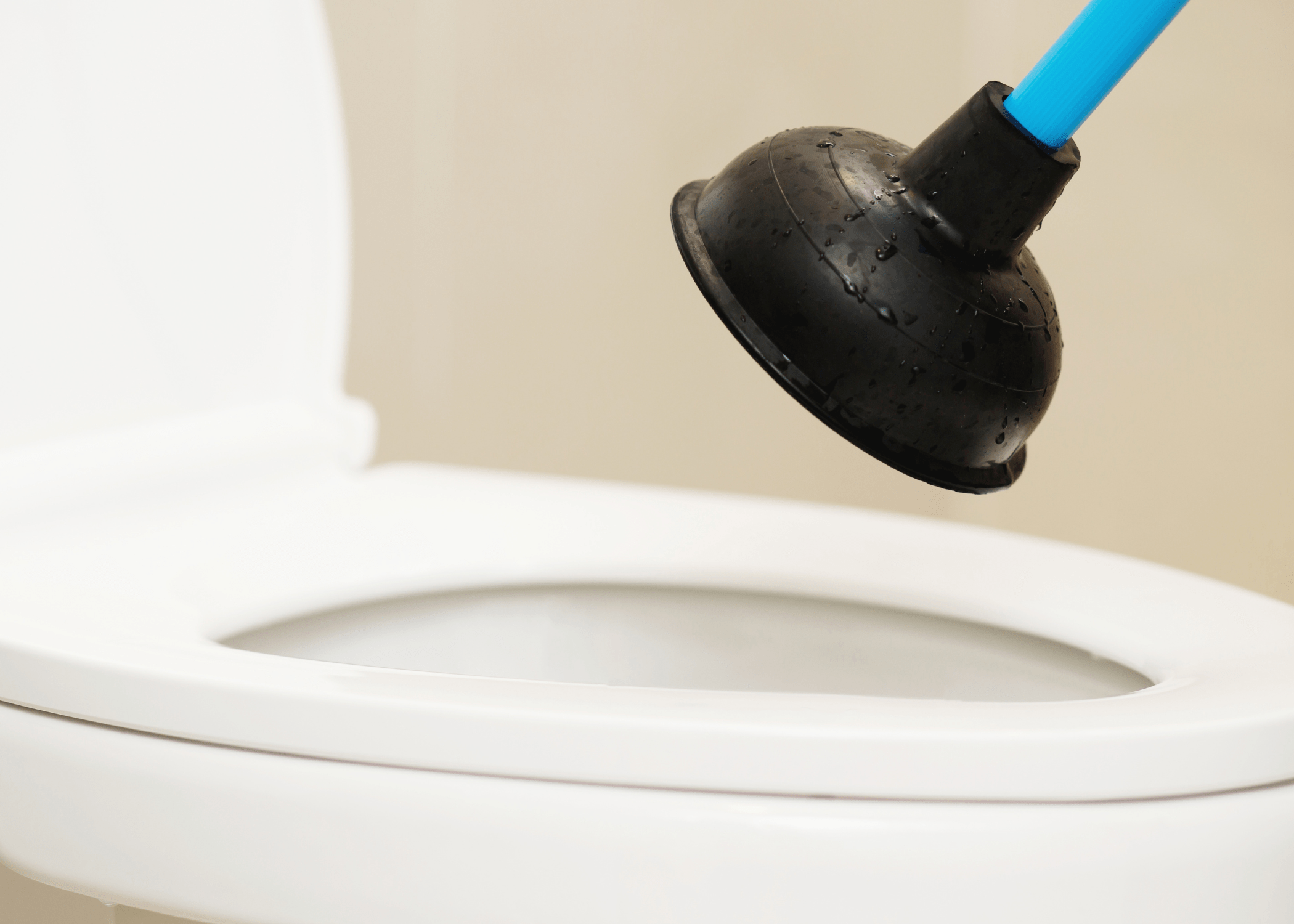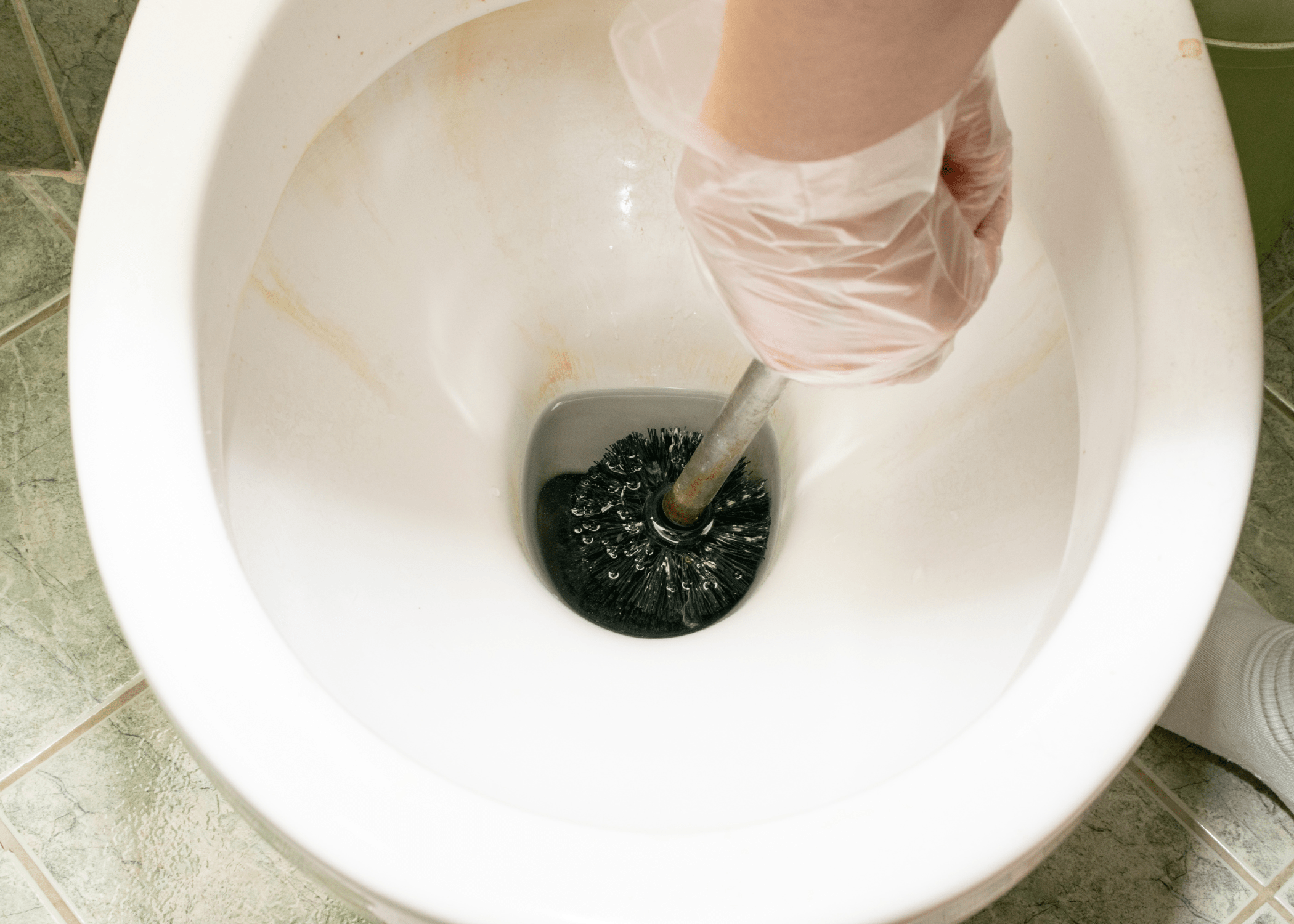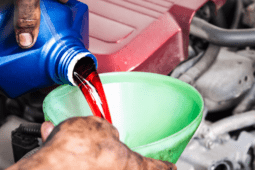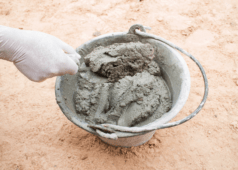7 Reasons Why Your Toilet Won’t Flush
A malfunctioning toilet can be a frustrating and inconvenient issue that disrupts the flow of your daily routine. Whether it’s a minor inconvenience or a major plumbing problem, understanding why your toilet won’t flush can help you address the issue more effectively. Toilets are relatively simple devices, but several components must work in harmony to ensure they function correctly. When something goes wrong, identifying the root cause can save you time, money, and stress.
In this article, we’ll delve into the common reasons why your toilet might not flush properly and provide detailed insights into each potential problem. From clogs and low water levels to mechanical failures, we’ll cover seven main areas that could be the culprit behind your flushing woes.
1. Clogged Toilet

One of the most common reasons your toilet won’t flush is a clog in the pipes. This can be caused by an excessive amount of toilet paper, sanitary products, or other foreign objects that shouldn’t be flushed. When a clog occurs, water cannot flow through the pipes, resulting in a partial or complete blockage. To diagnose a clog, observe if the water rises in the bowl without draining properly.
Utilizing a plunger or a plumbing snake can often resolve minor clogs. For more stubborn obstructions, you may need to call a professional plumber. Regular maintenance and mindful flushing habits can help prevent clogs from occurring in the first place.
2. Low Water Levels in the Tank

Toilets rely on a sufficient amount of water in the tank to generate a strong flush. If the water level is too low, the flush will be weak and may not clear the bowl entirely. This issue can arise from a malfunctioning fill valve or an improperly adjusted float. Inspect the tank to ensure the water level is approximately one inch below the overflow tube.
Adjusting the float or replacing a faulty fill valve can usually rectify low water level issues. Ensuring your tank fills to the proper level is essential for maintaining optimal flushing performance.
3. Faulty Flapper

The flapper is a rubber valve located at the bottom of the tank that lifts to release water into the bowl during a flush. Over time, flappers can wear out, warp, or become misaligned, preventing them from sealing correctly.
This can lead to water continuously leaking into the bowl or an insufficient amount of water being released during a flush. Inspect the flapper for signs of wear and tear, and then replace it if necessary. A properly functioning flapper is crucial for a powerful and efficient flush.
4. Problems with the Flush Handle and Chain

The flush handle and chain mechanism inside the tank play a vital role in initiating a flush. If the handle is loose or broken, or the chain is too long or tangled, the flapper may not lift completely, resulting in a weak or incomplete flush. Check the handle for any visible damage and ensure the chain has the correct amount of slack.
A handle that requires excessive force to operate or feels loose can be replaced easily. Proper adjustment and maintenance of these components can prevent flushing issues.
5. Blocked Rim Holes

Rim holes are small openings located under the toilet bowl’s rim that allow water to flow into the bowl during a flush. Over time, these holes can become clogged with mineral deposits, dirt, and debris, reducing the flow of water and weakening the flush.
Using a small brush or wire to clean out the rim holes can restore proper water flow and improve flushing performance. Regular cleaning and descaling can prevent blockages and keep your toilet flushing effectively.
6. Sewer Line Issues

In some cases, the problem might not be with the toilet itself but with the sewer line. A blockage or damage in the sewer line can prevent waste from being flushed away properly, causing backups and slow drainage.
Sewer line issues often require professional diagnosis and repair, as they can be complex and extensive. If you notice multiple plumbing fixtures in your home are draining slowly or backing up, it may indicate a sewer line problem. Addressing sewer line issues promptly can prevent more severe plumbing problems and potential damage to your home.
7. Inadequate Ventilation

Proper ventilation is essential for your plumbing system to function correctly. Vent pipes allow air to enter the plumbing system, ensuring that water and waste flow smoothly through the pipes. If a vent pipe is blocked or damaged, it can create a vacuum, impeding proper drainage and flushing.
Symptoms of inadequate ventilation include gurgling sounds from drains and toilets or slow-draining fixtures. Inspecting and clearing blockages from vent pipes can resolve these issues. Ensuring your plumbing system is adequately ventilated is key to maintaining effective and reliable flushes.
Related Articles
Understanding these common reasons why your toilet won’t flush can help you troubleshoot and address the problem effectively. Regular maintenance, mindful usage, and timely repairs can ensure your toilet remains in optimal working condition, preventing inconvenient and costly plumbing issues.
Ready to start your next project? Join our DIY community to receive tool tips, how-to guides, and exclusive creative insights. Subscribe to the ManMadeDIY newsletter now! Click here to unlock a world of hands-on inspiration.









